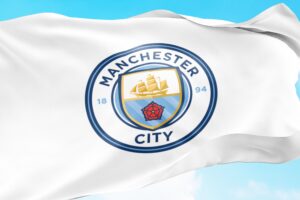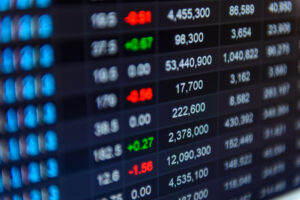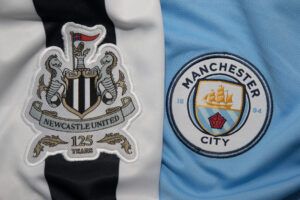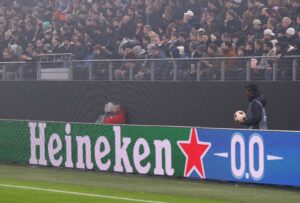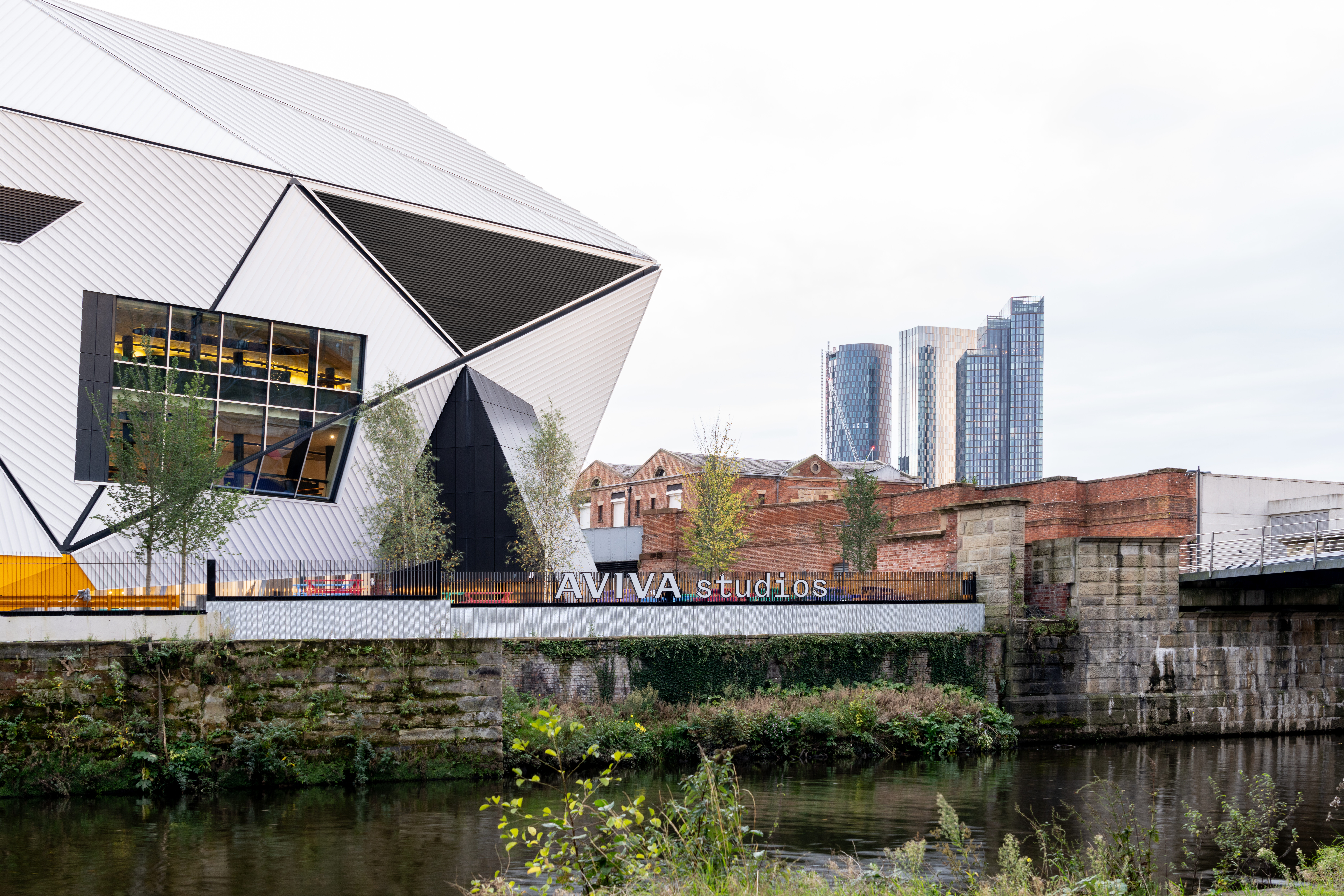FIFA World Cup Sponsorship Report
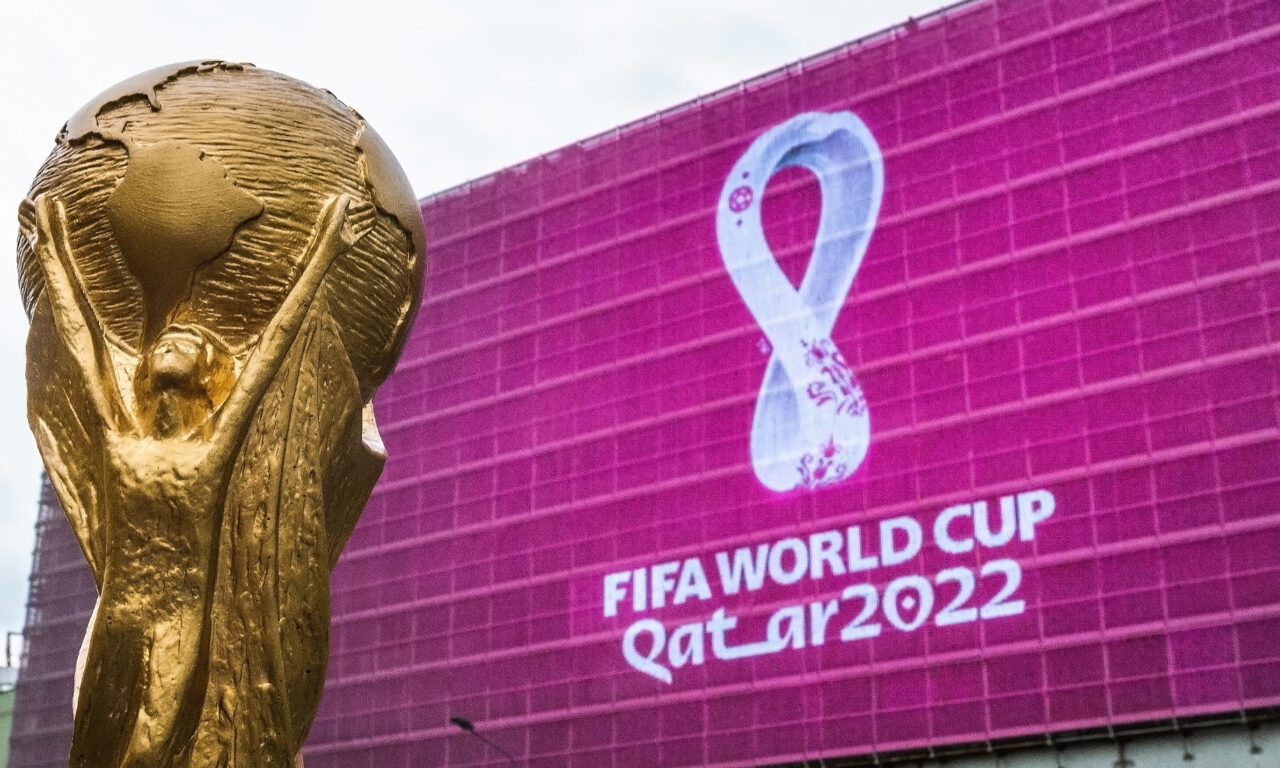
It was Messi’s tournament on the field, but off the field, Budweiser successfully activated one of the most outstanding World Cup sponsorship campaigns of all time. World Cup sponsorship gives you brand awareness amongst an audience of over 5 billion worldwide, but which sponsors leveraged the opportunity the best? In this FIFA World Cup Sponsorship Report, we analyse and rank the sponsorship winners and losers.
The Winners
#1 Budweiser
Budweiser’s sponsorship of the FIFA World Cup 2022 is perhaps the best example of how to activate a global sponsorship campaign.
It all started 100 days before the first ball was kicked with the launch of Budweiser’s The Drop campaign. To build excitement, the brand dropped prizes at locations significant to their brand ambassadors, Sterling, Neymar and Messi. Fans were then encouraged to register on the Budweiser app for clues before hunting down the prizes.
In addition to supplying thousands of bars worldwide with official Budweiser-branded World Cup promo material, the sponsor also ran a global campaign called The World is Yours to Take. The campaign was a play on the Tears for Fears song; Everybody Wants to Rule the World and included an advert with Neymar, Messi, and Sterling as well as a remix of the original track by American rapper Lil Baby which became the Budweiser World Cup anthem.
However, Budweiser’s partnership with the World Cup was most impressive because of how quickly and effectively they responded to events on the ground. When FIFA announced a ban on alcohol sales with an hour to go until kick-off, Budweiser replied via a now deleted twitter post, "well this is awkward". The brand followed this up with another on point tweet.
New Day, New Tweet. Winning Country gets the Buds. Who will get them? pic.twitter.com/Vv2YFxIZa1
— Budweiser (@Budweiser) November 19, 2022
Both tweets made global headlines. Budweiser’s offer to give the beers away to the winning team showed the brand’s human side but also created an opportunity for them to include the brand in the competition in a manner that fans would welcome, namely free beer.
The offer to give away free buds also played into another of Budweiser’s successful campaigns: Bring Home the Buds. This campaign involved a commitment by Budweiser to drop containers of beer in winning cities. The further your nation progressed, the more beers were dropped.
All of these campaigns were supported by extensive on-pitch and fan zone branding, as well as FIFA logos appearing on products and promotional material supplied to bars and pubs worldwide.
Score: 9.5/10
#2 Hyundai / KIA
The South Korean car manufacturer highlighted its green credentials and range of electric vehicles by becoming the tournament’s official sustainability partner.
Launching its Goal of the Century campaign, the company provided over 600 vehicles, half of which were electric, to ferry fans, delegates, and players around the tournament, mostly free of charge.
Hyundai’s partnership also allowed Kia to get in on the action of launching its own Kia Inspiration campaign. The campaign focused on encouraging audiences to create content showing their passion for their team with prizes to win. Kia arranged for 64 children from 20 nations to carry the official match ball to the pitch alongside the players and match officials.
Like all World Cup sponsors, Hyundai has benefited from significant brand awareness. What was more impressive was how Hyundai demonstrated its electric vehicles in a manner that helped fans by providing free transportation.
Score: 9/10
#3 Coca Cola
Coca-Cola first partnered with FIFA in 1978. The latest instalment of the American soft drinks World Cup sponsorship focused on its Believing is Magic campaign.
The campaign highlighted football fans who go to lengths to showcase their support for their team. As part of the campaign Coca Cola also led the FIFA World Cup Trophy Tour to 51 countries and territories.
The highlight of Coca-Cola’s sponsorship was how they connected fans worldwide through a unique digital hub to compete and predict the winners of the matches.
The company also created an exclusive partnership with Panini to launch an officially licensed sticker album of 14 premier players. These stickers could be found under Coca-Cola labels and included each footballer sharing his unique “Believing is Magic” moment.
Score: 8.5/10
#4 Qatar Airways
Millions of fans watching yesterday’s final will have noticed the Qatar Airways flight attendants assisting the emir of Qatar, Tanim bin Hamad Al Thani in handing out the winner’s medals.
The official airline sponsor of the World Cup flew fans, delegates, and players to Qatar from all over the world.
These and hundreds of thousands of other Qatar Airways passengers will have benefited from in-flight match streaming, and World Cup branded amenity kits and souvenir products onboard.
On the ground, a Qatar Airways Skyhouse fan zone housed a Neymar-themed challenge, football freestylers and face painting, as well as demonstrating the world’s first MetaHuman cabin crew member.
Qatar Airways partnership is an excellent example of how sponsorship can be used to generate brand awareness amongst new audiences and enhance perception and loyalty amongst existing customers.
Score: 8/10
#5 Adidas
Adidas started its partnership by publicly supporting the #PayUpFIFA compensation movement for migrant workers who delivered the Qatar World Cup.
The brand’s marketing focused on a family reunion theme by uniting all of its relevant football-related ambassadors Lionel Messi, Karim Benzema, Achraf Hakimi, Son Heung-Min, Jude Bellingham, Pedro ‘Pedri’ González López and Serge Gnabry, together with UK rapper Stormzy.
On the ground, the Adidas fan zone welcomed over 10,000 fans for live events, activities, games and match-viewing. It provided one of the best experiences, with Dubai Harbour providing cutting-edge 4D audio technology and screens that gave a stadium-like viewing experience. Fans also had the chance to meet their favourite legends, have their face painted and hair sprayed, and get a customised piece of merchandise as memorabilia.
A final fan engagement competition called QR to Qatar involved a short film containing a QR code that, when scanned, gave an opportunity to enter a competition to win a 4-day trip to the Qatar World Cup.
Adidas deserve credit for being one of the few sponsors to use its position to pressure FIFA and Qatar to change
Score: 7.5
#6 Vivo
Smartphone sponsor Vivo created a campaign called Give it a Shot asking fans to generate their own content acting out World Cup moments for their chance to win prizes.
The sponsor also used the opportunity to promote its X Fold+ phone through on-pitch advertising.
Asking audiences to generate their own content is a highly engaging method of fan engagement. However, to successfully pull it off, the underlying concept needs to play into a strong existing fan emotion or need, such as Coca-Cola or Kia’s call to show your passion. Vivo’s call to copy past moments was a nice idea but not strong enough to make the desired impact.
Score: 6.5/10
#7 McDonald’s
“Wanna go to McDonald’s?” This was the central question upon which McDonald’s pinned the entirety of its World Cup sponsorship. With the help of actor Jason Sudeikis, TikTok Star Khaby Lame, K-pop’s ITZY, and Twitch Streamer Edwin Castro ask, “Wanna go to McDonald’s?” was launched in over 75 international markets.
The long-standing sponsor activated many smaller initiatives in individual markets. In China, for example, 11 McDelivery drivers were dispatched at midnight to match the 11 players in a team and midnight was the local kick-off time. In England, customers could win limited edition McDelivery bags designed in collaboration with Phil Foden and Laura Woods.
The idea behind the McDonald’s campaign was to unite fans worldwide through a shared love of McDonald’s. The underlying message of the McDonald’s sponsorship to unite fans across the world through a shared love of McDonald’s was correct. However, the implementation through the ‘Wanna go to McDonald’s?’ campaign seemed to lack imagination and impact, especially compared to Budweiser’s extensive campaign.
Score: 6.5/10
#8 Hisense
The Chinese electrical appliance manufacturer Hisense launched a sponsorship campaign called Perfect Match. The partnership attempted to highlight a perfect match between the TVs they sell and football. All customers purchasing a Hisense product were also entered into a World Cup prize draw.
As part of the campaign, the Perfect Match Tour enlisted the help of brand ambassador Kaka for a road trip from Dubai to Doha with various fan engagement stop-offs along the way.
As with all World Cup sponsors, Hisense benefited from global brand exposure, but there was nothing groundbreaking regarding how the partnership was activated beyond that.
Score: 6/10
#9 Wanda Group
Wanda, the Chinese multinational conglomerate, activated its sponsorship of the World Cup by teaming up with the Qatar Foundation. The partnership rewarded young people actively involved in the Qatar community as athletes, artists, and volunteers by becoming FIFA Flag Bearers of the tournament.
The Wanda Group sponsorship was predominantly designed to increase global brand awareness and enhance the group’s perceived stature as an organisation outside of China. By supporting the Qatar Foundation, this partnership ensured the group received and gave back to the tournament and the Qatar community.
Score: 7.5/10
#10 BYJU’s
BYJU’s, the Indian education technology company, used its World Cup partnership to increase brand awareness outside of India, particularly in Latin America, which it considers a key target market.
The brand signed Lionel Messi as its ambassador to further support this objective and ran an advertising campaign featuring him throughout South American markets.
BYJU’s certainly backed the right horse by lumping on Messi, and the sponsor will no doubt feel the campaign has achieved exactly what it set out to do. To achieve higher scores, however, the company needed to focus more on what it could give back to the tournament and how it could benefit football fans.
Score: 6/10
The Losers
#11 Crpto.com
Cypto.com created a World Cup predictor game and the usual NFT memorabilia for those so inclined.
New users of the crypto exchange’s app could use code FIFA22 for a chance to win World Cup tickets.
As with most Crypto.com sponsorships, the primary focus was brand awareness above all else. There were simple additions, such as a small predictor game and a coupon code, but little effort was made to leverage the opportunity beyond this.
Score: 6/10
#12 Visa
VISA put most of its eggs in the NFT basket by partnering with Crypto.com. Visa Masters of Movement involved digital art inspired by iconic goals from five legendary footballers minted into unique NFTs available on Crypto.com.
Unfortunately for VISA, one of the other large crypto exchanges, FTX collapsed on the eve of the World Cup. When the tournament started, the reputation and security of digital assets were in the toilets. In this context, VISA’s decision to use its multi-million dollar World Cup sponsorship to promote NFTs looks to have backfired.
The payments firm also created a short video as part of its For Fans Everywhere campaign which was used as part of a global TV campaign.
Score: 5.5/10
#13 Mengniu Dairy
Chinese dairy brand Mengniu Dairy hired Mbappe and Messi as ambassadors for advertising campaigns run predominantly in China. As a sponsor, the brand did very little to activate its rights hence the low score. However, the resulting brand awareness in its domestic market may yield a significant return on investment.
Score: 5/10
#14 QatarEnergy
The QatarEnergy logo flashed around the side of the pitch. Beyond this advertising, the energy giant appeared to do very little of note to leverage its rights. This was a pure brand awareness and stature-enhancing exercise, which is a shame given the investment made.
Score: 2/10
Read our article on sustainability being voted as the top priority amongst sponsors and the success of controversial sponsors.


